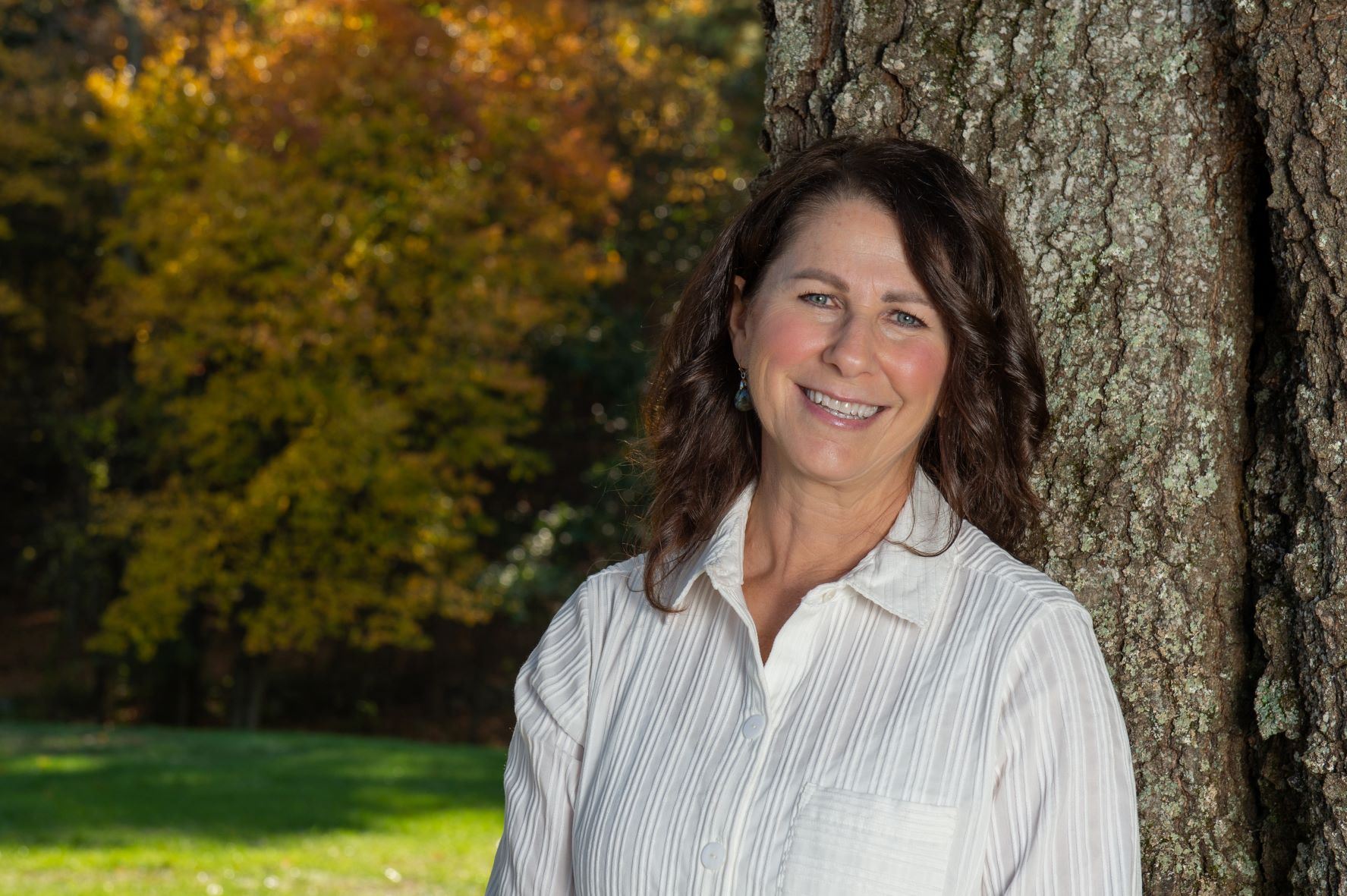My son Kevin used to say “How about yes?” when he was little and was trying to keep me from saying “no.” I now ask myself how about yes when making a decision so I can see how it feels in my gut before saying noIcannotpossiblydothat.
As a result, I’ve said yes more often which has resulted in some really wonderful experiences.
My latest “how about yes” decision happened this summer when I brought my first Beagle puppy home. I’ve always loved the breed’s looks, size, and funny temperament, but I have shied away from getting one for years because I heard they were untrainable.
For the record, all my puppies up until now have been Golden Retrievers and a Pembroke Corgi. Regardless of breed, I always teach them:
- Impulse control (e.g. wait before eating meals, coming out of the crate, etc.)
- Come when called
- Sit/down stays
- Walking nicely on a leash
After I brought the Beagle home, I had more than a few people tell me “Beagles are not trainable like a Golden.”
And you know what? They were right! A Beagle is different from a Golden Retriever because Beagles were bred to do different things. However, that doesn’t make them untrainable.
Contrary to the independent tendencies of Beagles, I’ve also learned they are quick learners and very affectionate. They like to jump and mine likes to toss his toys in the air. Beagle fans describe their personality as “merry” which is the perfect description!

The American Kennel Club (AKC) has a Breed Trait & Characteristics chart for every recognized purebred dog breed. Understanding a breed’s purpose can help tremendously with understanding what their behavior tendencies will be, which helps in our approach to training them.
The AKC catagorizes dog breeds into 7 groups which are:
- Hound
- Sporting
- Non-Sporting
- Working
- Terrier
- Herding
- Toy
Beagles, for example, are scent hounds bred to work in packs to help humans hunt rabbits. They have been bred for this purpose for several hundred years so it’s hardwired in them!
The question becomes, what general information can we get about our dogs from what they were bred to do? In the case of Ripple, I can glean that Beagles:
- are good with other dogs
- work independently from humans
- are going to follow their nose
I can use this information to make certain adjustments when training Ripple versus how I’ve trained Rune and every Golden Retriever before him. Ripple wouldn’t come to me when I was on the floor with my arms open like Rune would. I needed to make sure I was doing something interesting so Ripple would want to come over to investigate. For example, I might drag a stuffed toy on the ground to get him curious which works with their desire to chase small animals.
Of course, every puppy is different. When Rune was seven months old, I would let him drag his long-line attached to his harness because he had a pretty consistent recall by then. Ripple is now seven months old but because the breed’s tendency is to follow its nose and run, I am still holding onto it. Given more practice, Ripple will also have a reliable recall.
With some background on your breed of choice, some flexibility, and patience, you can better train your puppy to meet your lifestyle needs. Follow along with the training of my Beagle puppy “Ripple” in the Life with Rune Facebook group.
Ripple @ 11 weeks old
If you dig a little deeper into a breed, you can learn about the purpose of the physical characteristics of their structure, coat, tail, ears, and size which helps add more color to your understanding.
Did you know these Beagle fun facts?
- The purpose of their long ears is to stir up tiny scent molecules near the ground and act to “sweep” the scent toward their nose.
- Beagles make a lot of noise called baying when chasing rabbits so the hunter can follow the pack even when they’re out of sight.
- A Beagle’s white-tipped tail is known as a “flag” because it is easy to spot in tall grass and vegetation.
Susan Lynch is a former competitive dog trainer who has been training, competing and volunteering with her Golden Retrievers since 1995. In 2020, she founded Life with Rune, a Facebook community that documents the socializing and training of her own puppy Rune. In 2021, she was awarded the Rachel Page Elliot Lifetime Achievement award by the Golden Retriever Club of America. Her memoir Life After Kevin: A Mother’s Search for Peace and the Golden Retrievers that Led the Way is available here . To learn more, visit: www.susan-lynch.com.
For socializing ideas and training tips go to the Life with Rune Facebook group and click on the Guides tab at the top of the home page.



